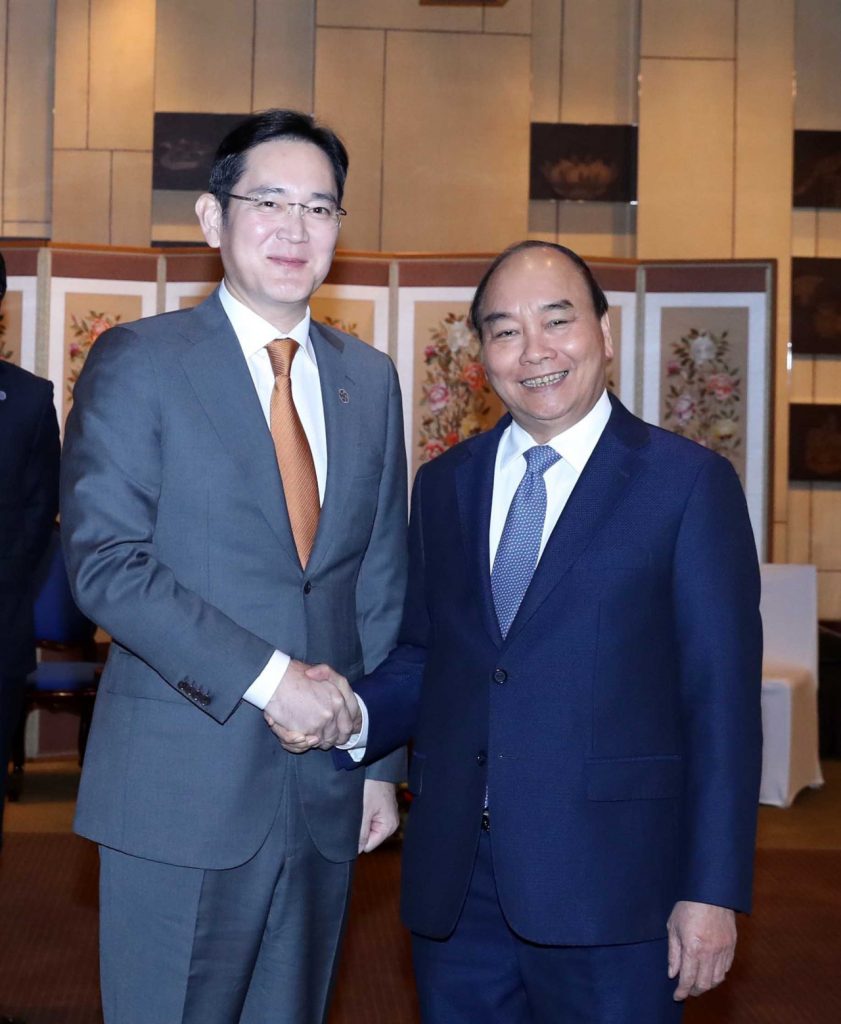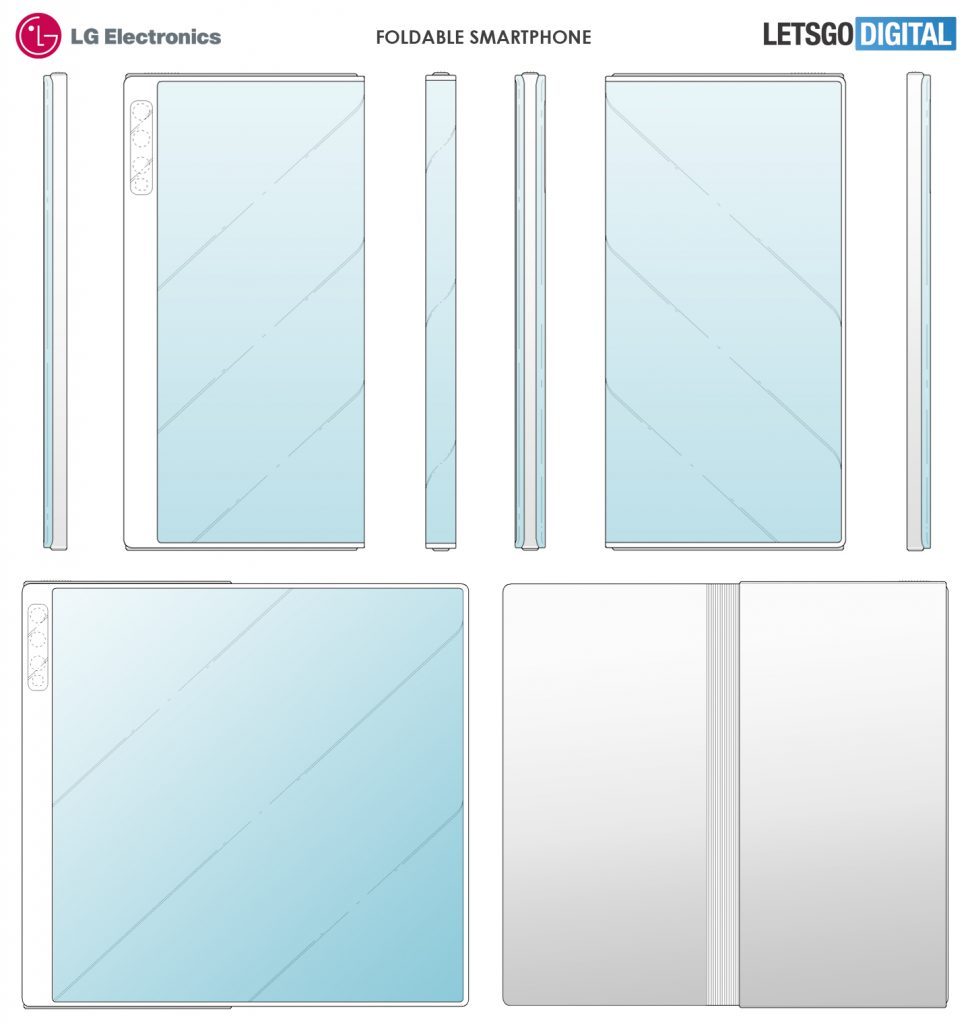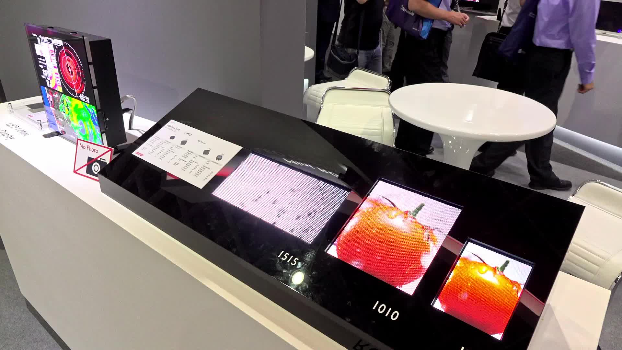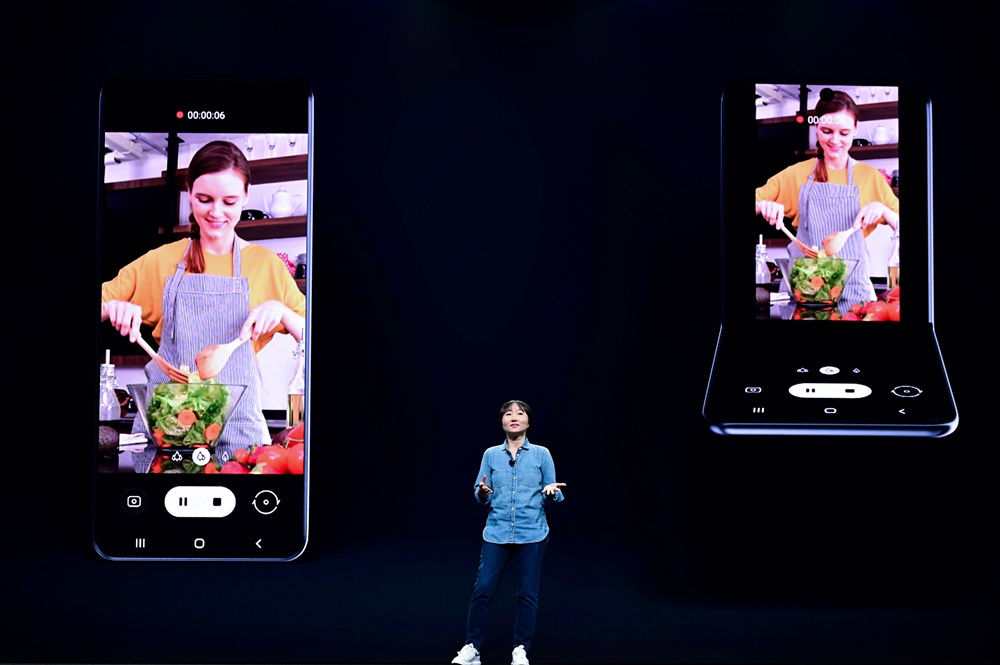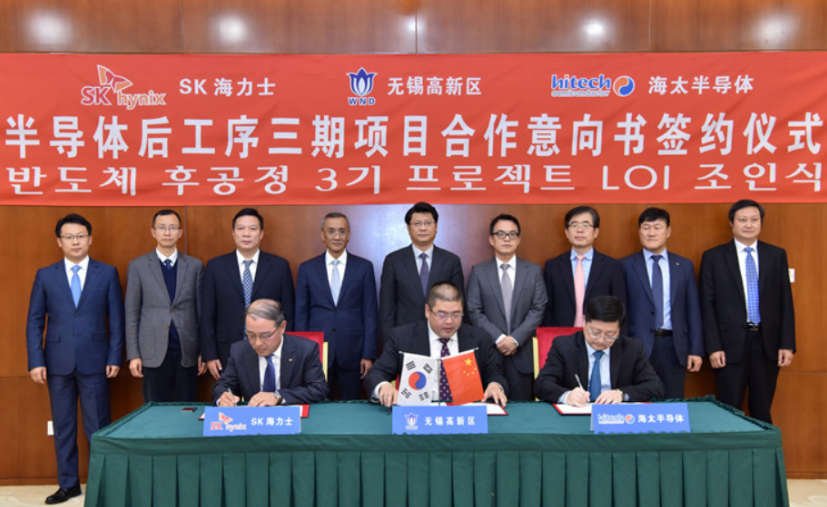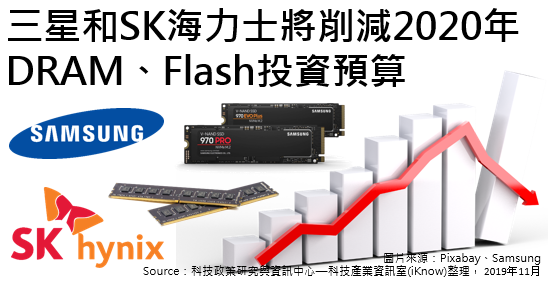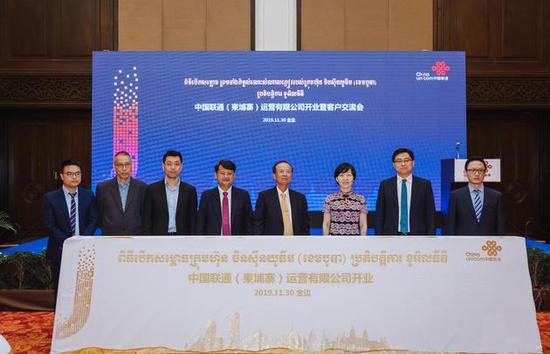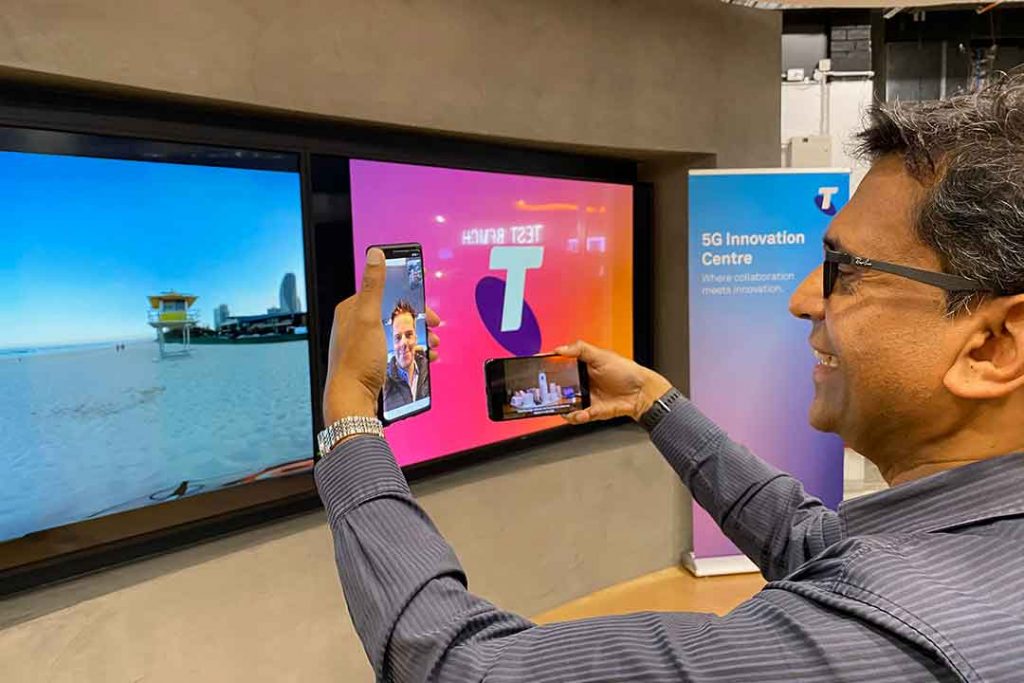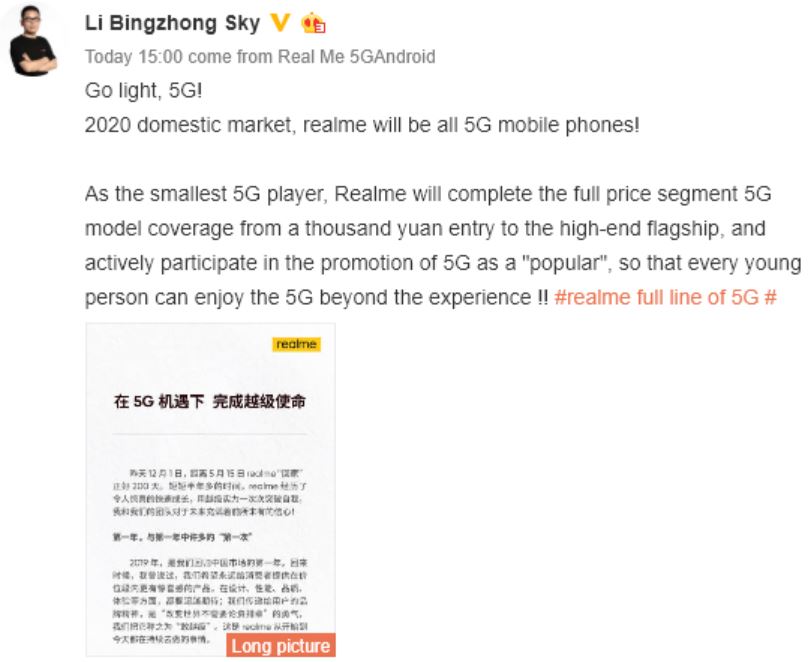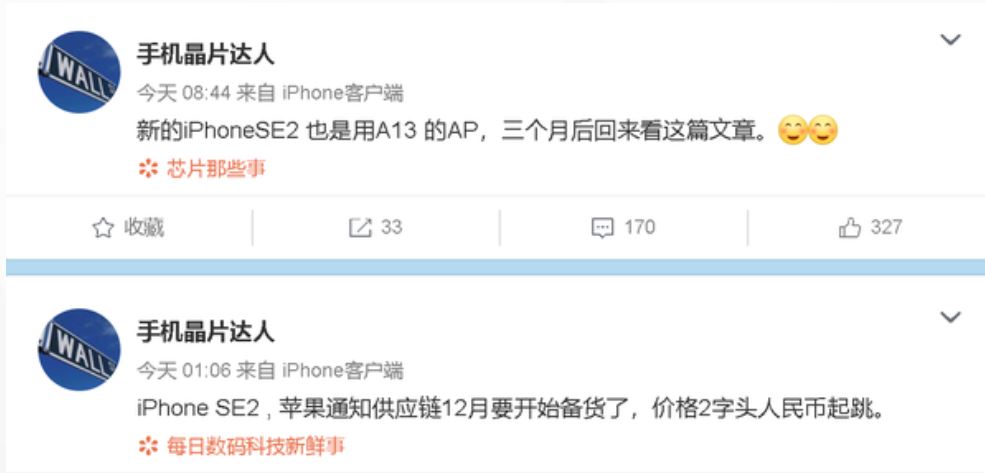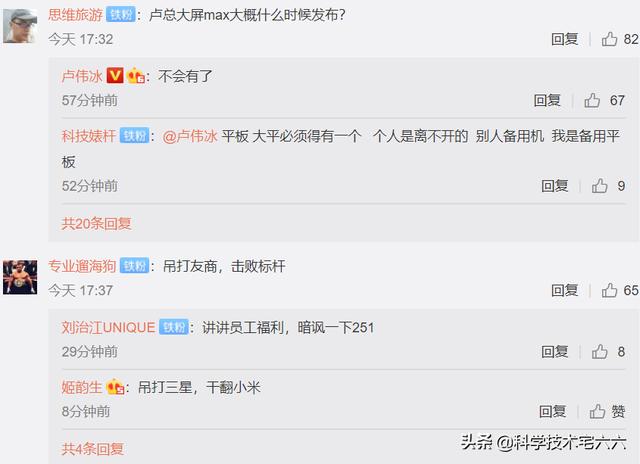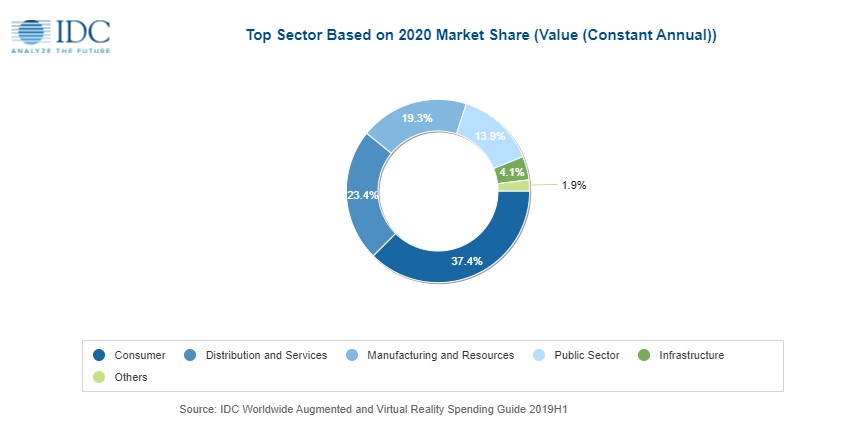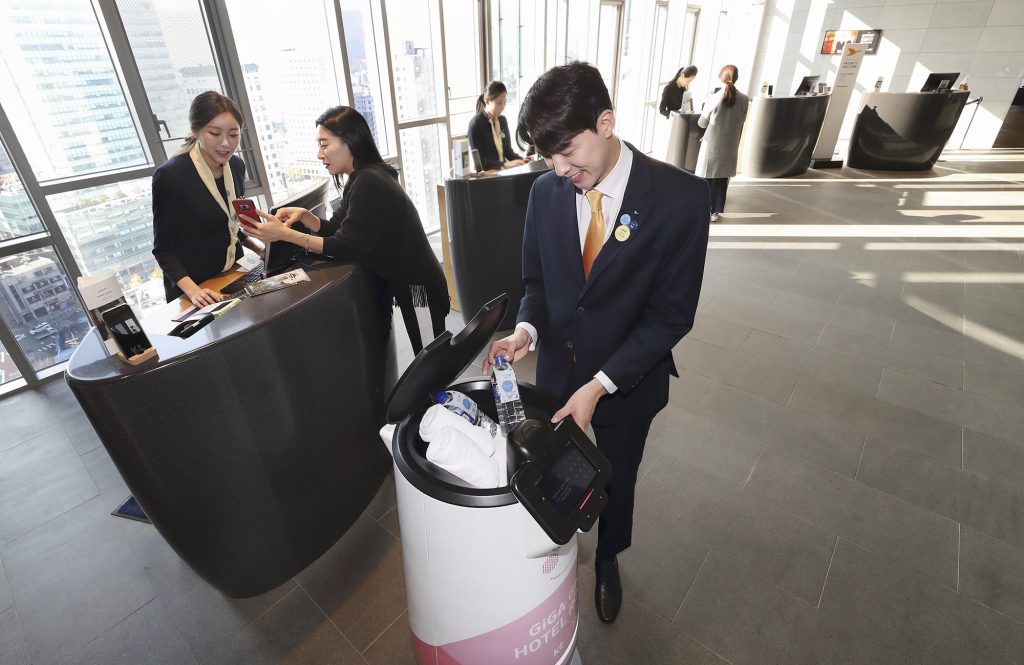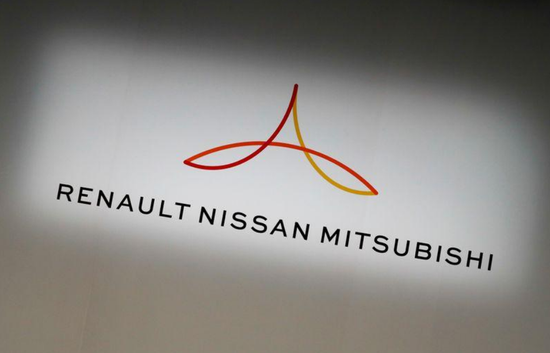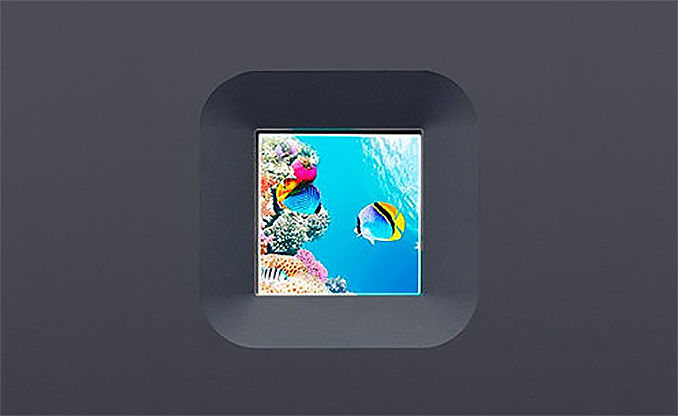
12-3: realme will fully cut into 5G in the Chinese market and no longer launching any 4G phones; Apple could change its iPhone release strategy to launch new devices twice a year starting in 2021; etc.
Chipsets
Vietnamese Prime Minister Nguyen Xuan Phuc has reportedly asked Samsung Electronics Vice Chairman Lee Jae-yong to consider building a chip manufacturing facility there. Samsung already has production plants for mobile phones and other IT devices in the country. Samsung currently runs a system-on-chip factory in Austin, Texas, and a memory plant in Xian, China. (Gizmo China, Korea Herald, CNMO, China Times)
Touch Display
LG has submitted a design patent to The Hague International Design System of a foldable phone that has a fold-out design with at least three cameras and various sensors on the side. (Laoyaoba, MS Power User, GizChina, LetsGoDigital)
Yoshio Tamura, VP of DSCC Japan, has said recently that as South Korea’s LCD productivity declines in 2020, the LCD TV supply chain of South Korean TV manufacturers will change significantly, and Samsung’s VD division and LG Electronics will increase the supply of Chinese panels. Among them, Samsung VD will be the procurement target to China Star Optoelectronics Technology (CSOT) and CEC, and LG Electronics will likely hand over more orders to BOE. (CN Beta, Small Tech News, Asia Nikkei)
Everlight, a major LED packaging company, has been affected by aggressive supply chain competition and LED price declines since 2019, and its revenue has continued to decline. It is estimated that annual revenue will decline by 15%-20% for the third consecutive year. Everlight expects to expand production by 180KK in 2020, mainly for Mini LED invisible light and automotive applications. (LED Inside, Laoyaoba, Money DJ)
LED epitaxial wafer and chip maker Epistar has revealed that it is working with a US client to launch gaming laptops using Mini LEDs. Mini LED currently accounts for less than 5% of Epistar’s blue light production capacity. In 2H20 the Mini LED would account for 20-30% of the blue light production. In 4Q19 the sales are expected to be slightly decline compared to 3Q19. Mini LED is a high-margin product, 4Q19 can maintain profit margins, 2H19 losses may be significantly reduced. (Laoyaoba, Sohu, UDN)
At least 2 new foldable models are likely to be launched by Samsung in 2020, while LG is allegedly to debut its first foldable phone. Kyobo Securities analyst Choi Bo-young has indicated that Samsung’s plan to expand the foldable product lineup depends on the market response to the clamshell model slated for launch in 2020, and it is estimated to be around KRW1M (USD845). Samsung plans to expand to around 60 countries by Feb 2020, including Vietnam, New Zealand, Brazil, Chile, Italy, the Netherlands and Greece for Galaxy Fold (USD2,000). Choi Bo-young has further said that Samsung plans to sell a total of 6M foldable devices in 2020 and 20M by 2021. (Android Authority, Korea Herald)
Apple is planning 4~6 products with mini-LED displays over the next 2~3 years, including a high-end 12.9” iPad Pro with an A14X chip in 3Q20 and a refreshed 16” MacBook Pro in 4Q20, according to TF Securities analyst Ming-Chi Kuo. Apple’s adoption of the technology is expected to “accelerate the mini LED industry development”. (Mac Rumors, TF Securities, Pocket-Lint, 9to5Mac, My Drivers)
Japan Display Inc (JDI) has announced that it has completed development of its first Micro LED module. The prototype of the Micro LED module, which is a potential building block for next generation displays and TVs, offers a 265PPI pixel density. The prototype is 1.6” diagonal, and offers a resolution of 300×300 pixels along with a maximum brightness of 3,000 nits. (CN Beta, AnandTech)
Memory
Hitech Semiconductor is a semiconductor packaging and testing enterprise established by Wuxi Taiji Industry Co and SK Hynix with a registered capital of USD175M and a total investment of USD400M. Since Hitech Semiconductor is formally established on 10 Nov 2019, it has continuously deepened cooperation with SK Hynix and has already ranked among the top 10 semiconductor packaging and testing companies in the country. Through many measures such as product structure optimization and production line technology upgrade, Hitech’s single-month packaging capacity has exceeded 1.2B Gb capacity. The annual production capacity accounts for about 13% of global DRAM packaging and testing capacity. (Laoyaoba, Xueqiu)
Samsung and SK Hynix will prune investment in 2020 in preparation for a slowdown in the semiconductor market. The semiconductor industry takes Samsung’s “flexible investment” as a cut in investment. Samsung has revealed an operation plan for 2020 for the Xi’an 2 plant in China and Pyeongtaek 2 plant in Korea but does not specify production items and volume. SK Hynix has also recently announced a reduction in investments in a conference call, saying, both DRAM and NAND flash production will decrease in 2020 and investment will be significantly cut compared to 2019. (STPI, Business Korea)
Connectivity
China Unicom Cambodia is formally announced. So far, China Unicom has increased to 13 branches in countries and regions along the “Belt and Road”. H.E. Tram Iv Tek, Minister of the Ministry of Posts and Telecommunications of Cambodia welcomes China Unicom’s establishment of a branch in Cambodia. (CN Beta, Sina, China Unicom)
OPPO has announced that it has made the industry’s first DSS (Dynamic Spectrum Sharing) data call using its world’s first DSS-enabled 5G smartphone via a collaboration with Ericsson, Qualcomm, Swisscom and Telstra. OPPO has also become the global first smart device brand to support DSS. DSS technology enables carriers to leverage existing 4G and 5G frequency spectrums and networks accelerating the global deployment of 5G services and bring 5G experience on a broader scale. (CN Beta, OPPO)
Sunway Communication has already provided LDS technology and various antennas based on LCP and MPI to clients. It is expected that Android customers will still choose 5G antenna solutions based on mature technologies such as LDS in 2020, and also actively cooperate with some customers in LCP based R&D of advanced antenna solutions to meet the diverse needs of 5G antennas. (Sohu, Laoyaoba, Xueqiu)
Phone
realme founder and CEO Li Bingzhong has officially announced that the company will fully cut into 5G in the Chinese market and no longer launching any 4G phones. (CN Beta, My Drivers, CNMO, Research Snipers)
Apple has reportedly notified relevant partners to start preparations for iPhone SE2 related mass production. This upcoming iPhone is expected to start small-scale trial production in Dec 2019. It is expected that the shipment of this new product in 2020 will be 20M~30M units. As for its starting price, it will not exceed CNY3,000. (My Drivers, CN Beta, Laoyaoba, GizChina)
JP Morgan anticipates that Apple will be launching 4 iPhone models with 5G in 2H20, with the group split into two pairs of smaller and larger models, but one pairing will include 3D sensing capabilities on the rear and support for the faster mmWave-based 5G connections. (GizChina, Apple Insider)
JP Morgan predicts that Apple could change its iPhone release strategy to launch new devices twice a year starting in 2021. The shift in strategy would allow Apple to smooth its traditional seasonality and give the company increased flexibility to change its products within a 6-month time frame and compete with other device makers that launch new phones throughout the year. (CN Beta, CNBC)
In 2019, Xiaomi founder and CEO Lei Jun has announced there are 3 major series under Xiaomi – the Mi series, Mix series and CC series, and there is no mention of Max series. Redmi GM Lu Weibing has disclosed that the Mi Max series has been discontinued. (Gizmo China, Toutiao)
vivo Y9s (vivo S1 Pro outside China) is launched in China – 6.38” 1080×2340 FHD+ Super AMOLED, Qualcomm Snapdragon 665, rear quad 48MP-8MP ultrawide-2MP macro-2MP depth + front 32MP, 8+128GB, Android 9.0, under display fingerprint, 4500mAh 18W, CNY1,998 (USD284). (Gizmo China, GSM Arena, vivo, My Drivers)
Augmented / Virtual Reality
Worldwide spending on augmented reality and virtual reality (AR/VR) is forecast to be USD18.8B in 2020, an increase of 78.5% over the USD10.5B IDC expects will be spent in 2019. Worldwide spending on AR/VR solutions will be led by the commercial sectors, which will see its combined share of overall spending grow from less than 50% in 2020 to 68.8% in 2023. The commercial industries that are expected to spend the most on AR/VR in 2020 are retail (USD1.5B) and discrete manufacturing (USD1.4B). (Digitimes, IDC, press)
Robotics
South Korean operator KT has launched its AI-enabled hotel service robot in Seoul. The AI hotel robot, dubbed N bot, started its official service at Novotel Ambassador Seoul Dongdaemun Hotels & Residences, to serve guests in 100 rooms. (Laoyaoba, ZDNet, Telecom Paper)
Automotive
The Nissan Motor, Renault SA and Mitsubishi Motors alliance has reportedly agreed to form a new company focused on research and development of advanced automotive technologies. The three companies will announce a concrete plan in Jan 2020. (CN Beta, Reuters)
